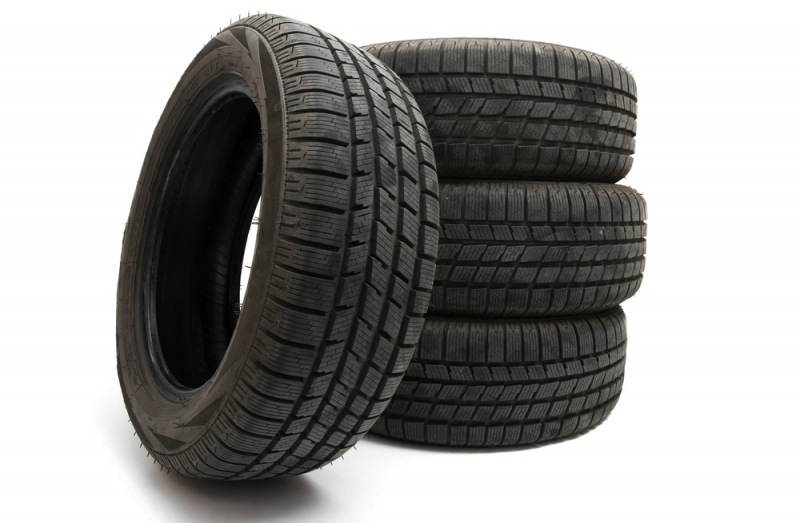
When you need to change tires for winter, summer - the law
It is necessary to replace car tires in two cases:
- when the seasons change;
- if the tires are damaged or the tread is worn below a certain mark.

Changing tires at the change of seasons
Any motorist knows that tires on a car, just like clothes on a person, must be in season. Summer tires are adapted for operation at air temperatures above 10 degrees Celsius. Accordingly, if the average daily temperature is below 7-10 degrees Celsius, then you need to use winter tires.
As an option, you can consider all-weather tires. However, experts argue that it equally has both advantages and disadvantages. The advantages are obvious - there is no need to change tires when winter comes. Disadvantages of all season tires:
- it is recommended to use it in areas with a mild climate, where there are no large temperature differences;
- it does not have all the characteristics that winter and summer tires have - the braking distance increases, stability decreases, the “all-weather” wears out faster.
Therefore, the main criterion for the transition from winter tires to summer tires should be the average daily temperature. When it rises above the mark of 7-10 degrees of heat, it is better to switch to summer tires.

When, in late October - early November, temperatures drop to plus five to seven degrees, then you need to switch to winter tires.
True, everyone knows the vagaries of our weather, when already in the hydrometeorological center they promise the onset of heat, and the snow melted in mid-March, and then - bam - a sharp drop in temperatures, snowfalls and the return of winter. Fortunately, such abrupt changes, as a rule, are not very long, and if you have already shod your “iron horse” in summer tires, then you can switch to public transport for a while, or drive, but very carefully.
Replacing tires when the tread is worn
Any, even the best tire, wears out over time. On the sides of the tread, there is a TWI marking that indicates the wear indicator - a small protrusion at the bottom of the tread groove. The height of this protrusion according to all international standards is 1,6 mm. That's when the tread is worn down to this level, then it can be called “bald”, and driving on such rubber is not only prohibited, but also dangerous.
If the tire protector is worn down to this level, then it will not be possible to pass the inspection, and under article 12.5 of the Code of Administrative Offenses, a fine of 500 rubles is imposed for this, although it is known that the Duma deputies are already planning to introduce amendments to the Code and this amount will increase significantly. But in general, it is advisable to change the rubber at the TWI mark of 2 millimeters.

Naturally, you need to change the shoes of the car if various swellings appear on the tires, cracks and cuts appear. Experts do not recommend changing only one tire, it is advisable to change all the rubber at once, or at least on one axis. In no case should tires with the same tread, but with varying degrees of wear, be on the same axle. And if you also have all-wheel drive, then even if one wheel is punctured, you need to change all the rubber.
Well, the last thing you should pay attention to.
If you have a CASCO policy, then in case of an accident, the quality and conformity of the rubber to the season is of great importance, the company will simply refuse to pay you if it is established that at that moment the car was shod in “bald” tires or they were out of season.
Therefore, keep an eye on the tread - just measure its height with a ruler from time to time, and change shoes in time.
Loading…

